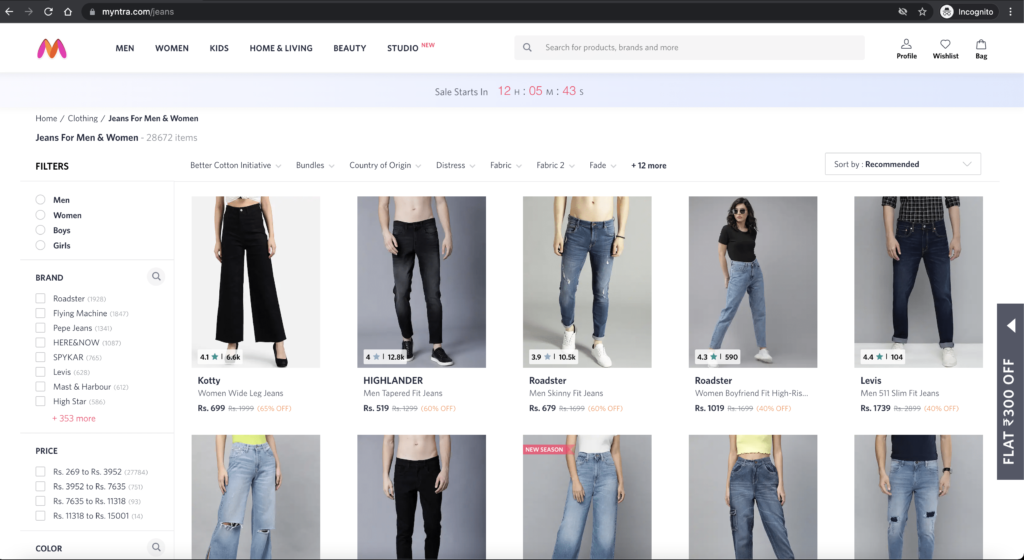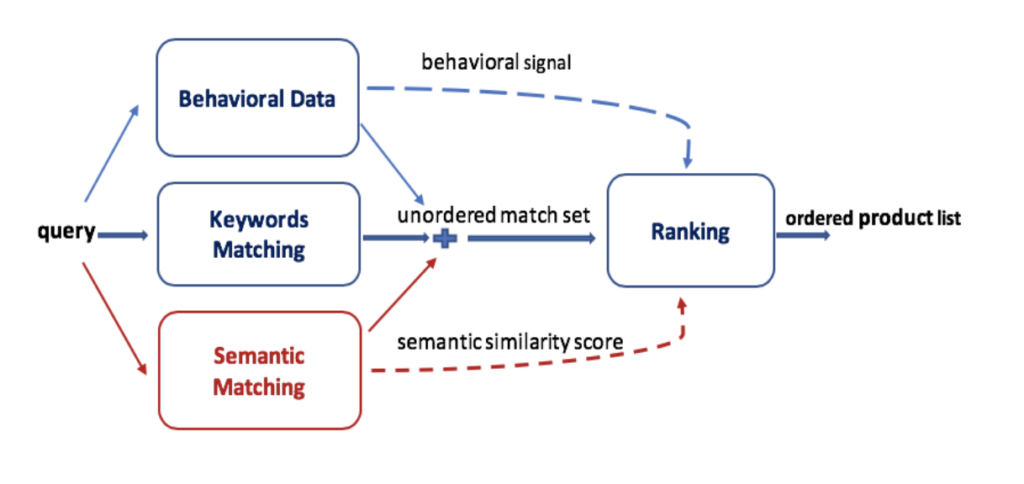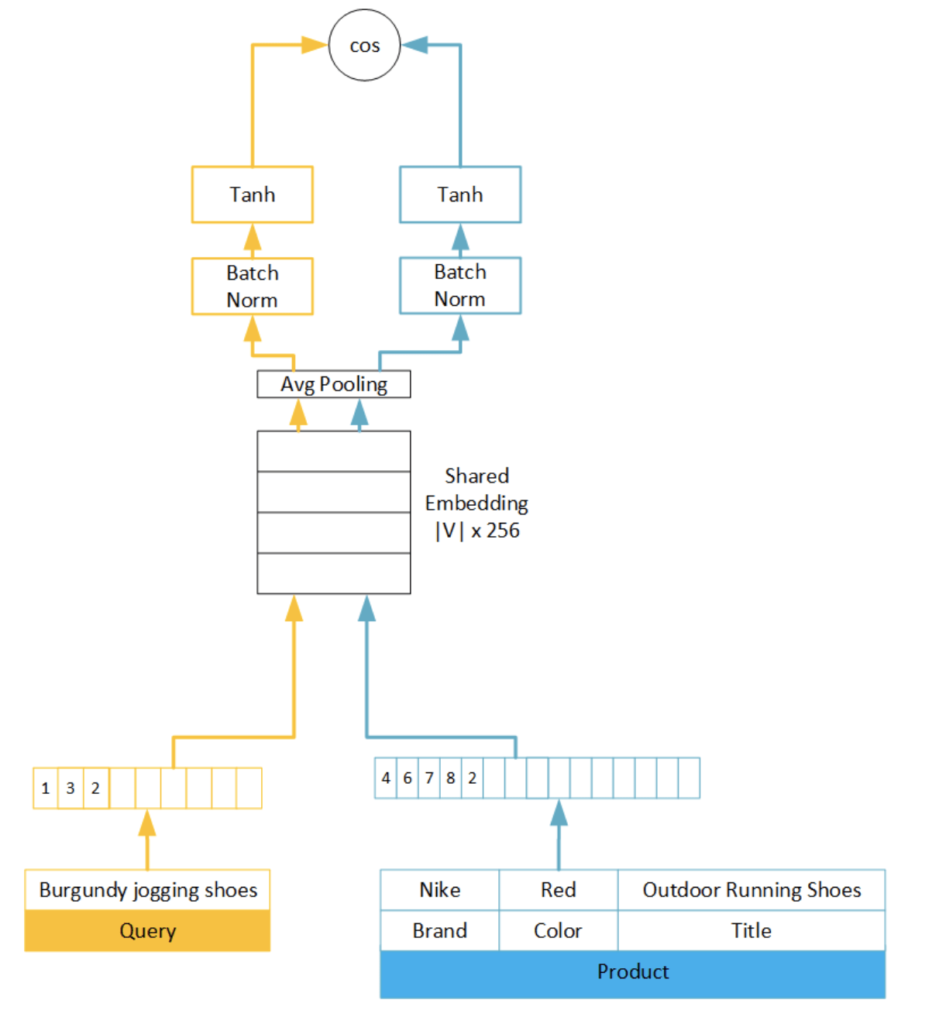Semantic Search? Oh, I was already using it!
What is Semantic Search?
- Semantic search is a searching method or technique.
- In this technique, not only the searched term but the texts or words having similar meanings are also searched.
- As the word semantic suggests- relating to meaning in language or logic. (by oxford dictionary), it is clear that the context is searched not only the searched term.
- According to Wikipedia Semantic means- the study of reference, meaning, or truth.
- All these definitions of semantic explain what semantic search really means.
- In short, semantic search is the search for the contextual meaning of the searched term or query.

- In the above example, we can see that when we are searching for what to read, google search is suggesting to us the name of books.
- This is an example of the semantic search, on what to read was taken by its contextual meaning, rather than just the keywords.

- Similarly in the above image, we can see the results of what to watch this weekend, is showing us the list of movies and shows.
- I hope by now it must be clear what semantic search is all about.
Are we already using it, in our day-to-day life?
- By now you must be wondering where else you have been using semantic search in your life, so let’s make a few real-life examples from your mind.
- The most common example is online shopping.
- Online shopping brands such as Amazon, Flipkart, Myntra are using Semantic Search for their apps.
- Not only on the searches it is also getting used in the recommendation systems of the online shopping apps.
- Google search or internet search is also an easy-to-understand example of semantic search.
- Social media such as Facebook and Instagram are using it up to a great extent by showing us all the possible meanings of what we have searched for.
- In online shopping, say you want to buy a shirt, so you searched for it, then whenever you click on a shirt it shows you matching watches, jeans, and all.
- This is how the semantic search is mapped here, i.e. if someone is searching for clothing he might be interested in the accessories related to it.

- From the above example, we can see when we are searching for jeans, it is showing us results for all types of jeans irrespective of gender.
- But when you log in and you are going to search for the same, the result will vary according to your previous searches.
- We can conclude that there is a mapping between our search history to the query we are searching.
- Not only the search history but also our location, preferences, and contextual meaning is mapped to the semantic search.
This is how Semantic Search Works?
- I will share the basics of the semantic search algorithm.
- The main keys that are used in a semantic search are-
- Text matching( synonyms, words with similar meaning)
- User location(It plays a key role while showing the result)
- Global and User Search History(It helps in understanding the preferences of the users)
- NLP (Natural Language Processing Algorithms)
- Text matching is the first thing that is used, via the lexical matching engine.
- Based on the user location and history the ranked web pages are shown, these rankings keep on changing.
- Web-based semantic search works differently from a product-based search such as Amazon or Flipkart.
- Google uses Knowledge graph techniques to meet the best results for the web-based search.
- Google’s Knowledge graph is the Google database that has the dataset about people, places, and things.
- The knowledge graph was a milestone in the web semantic search history.
- It revolutionaries the search results.
- You can read more about it from – Google Knowledge Graph

- According to Google, this information is received from various trusted resources, such as Wikipedia.
- Now coming to the product-based Semantic search, let’s see how Amazon does this.
- Amazon has already published a paper on how they use semantic search for their products. Semantic Product Search
- At the basic level, amazon uses the Neural Network Architecture, Loss Function, Tokenization Methods to improve the results.
- In the below diagram, we can see Amazon’s System architecture for augmenting product matching using semantic matching

- From the below diagram we can see the Illustration of neural network architecture used for semantic search in Amazon.

Conclusion
- We can conclude that directly or indirectly we are always using semantic search in our life, either for shopping or for web surfing.
- I hope that this blog will help you to understand the basics of Semantic Search.
- In the upcoming blog, we will try to implement it.
Thanks for Reading!
References-
- https://assets.amazon.science/95/2f/51e4ebdb4347990fedc1815d7327/semantic-product-search.pdf
- https://support.google.com/knowledgepanel/answer/9787176?hl=en
Still Curious? Visit my website to know more!
For more interesting Blogs Visit- Utkarsh Shukla Author
0 Comments
Add Comment
You must be logged in to post a comment.







